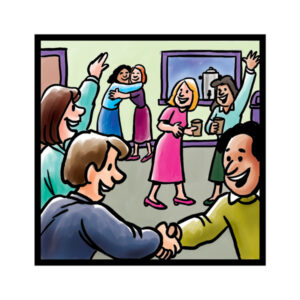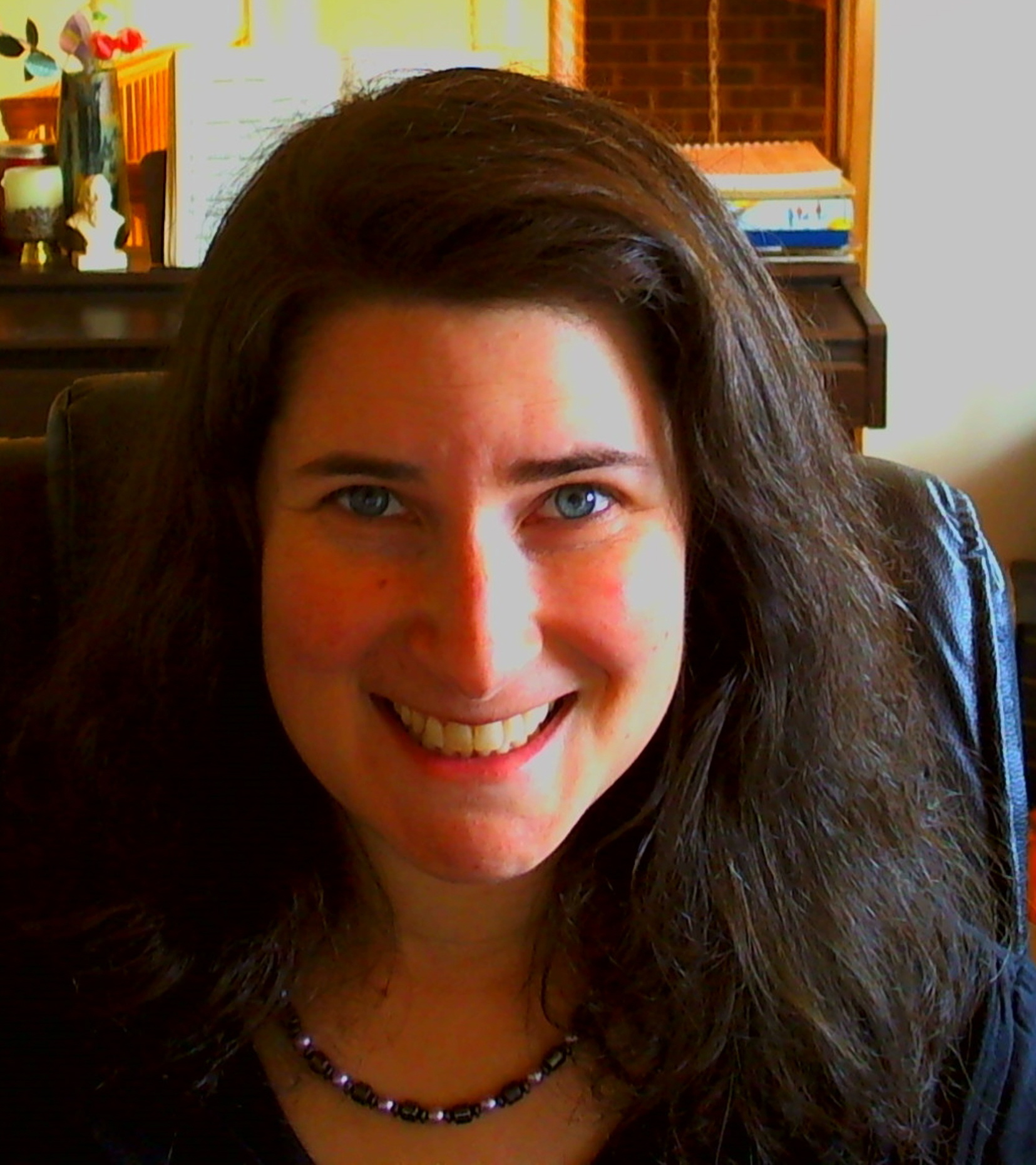Back in 2008, I mentioned in passing that we can learn a great deal from churches. I wanted to reiterate this thought and elaborate.
Churches have audience development in mind right away. Here is my personal story about joining a congregation in the Chicago area:
1. I was feeling the desire to become a part of a spiritual community, and I started doing research on the congregations in my area. I found that each church did attempt to communicate what is different about their congregation, what makes them unique. Each church had a different brand! It was through the branding that I was able to narrow down my choice to the one congregation that seemed to be for me.
2. The first time I visited, I was welcomed by someone on their welcoming committee. Right when I stepped through the door, someone introduced themselves, took me over to the office to get a name tag, and told me a little bit about the church and the sermon of the day. He then told me there will be a quick gathering after the sermon for all new people to get their questions answered and to meet the other new people. They also have a coffee social after the sermon for the entire congregation. These tactics are not specific to this church. Many churches have this type of audience development plan. Before the service there were announcements of the varying activities and committees to get involved with. During the new attendees meeting, we also were given information about the activities based on their asking us about ourselves and what we enjoy doing in life. We were introduced to the right people from these activities and committees and taken to have more conversation in the coffee social room. This is how the church hooked me, by finding out who I am and catering to my wants and needs by matching what they had to offer for me. They treated each one of us as individuals to find the exact opportunities that would be best for each of us. Of course I joined in with the music group of the organization as well as the social justice committee and a few other classes that were right up my alley. They never asked for money right away. They simply passed the basket as a suggestion, but you didn’t have to give to be a part of the organization at first. The point here is that they were welcoming and had a plan for each person that entered the church. And, it wasn’t about the money right away, it was about you!
3. Later, they would ask for a monetary commitment, but again, it was our choice. After attending for 3 months, I wanted to be a part of the organization and became a regular member for about 2 years before I moved to Boulder. What I did notice is that the church would ask for monetary support often and in different ways. It wasn’t the same old ask all the time. Sometimes it was catered directly to individuals. If they needed money for the music committee, they would ask the people that cared about the music the most, and then they would ask the entire congregation. They would pass the basket at each service, and they would have the regular monthly contributions from the individual members. They would ask for capital campaigns. They would do fundraisers. They would ask for educational needs. They would ask in their newsletters and ask during the services. They would ask and they would ask often! They asked in different ways for different needs at different times of the year. They would also ask for non-monetary support when needed in the same way.
I recently saw a video about asking more often. This big organization found that when they took a sample of their donors and would up the ask frequency from 4 times to 21 times, they increased donations. It wasn’t until ask 22 that the donations declined. I would never advise smaller to mid-size to ask that much, yet we are probably not asking enough, and the 2-4 times per year we are asking is not enough. There is so much competition and clutter, we need to speak out more and stand out more often.
Yes, we can learn a great deal from how churches do their audience development. They brand, have a plan for each person, and ask often for support in a variety of ways at different times during the year.
In the end, it was the all around thoughtfulness of this church that attracted me and kept me wanting to be a member. The people were genuine, and I am still in touch with many of them today. If I ever were to move back to that area, you bet I would pick up where I left off. When an organization makes that type of impression on you, that is the best audience development there is!
Cheers to happy and loyal audiences,
Shoshana
Shoshana Fanizza
Chief Audience Builder
The How of Audience Development for the Arts is on sale through February 14. Use code AMOR14 and save 14%





